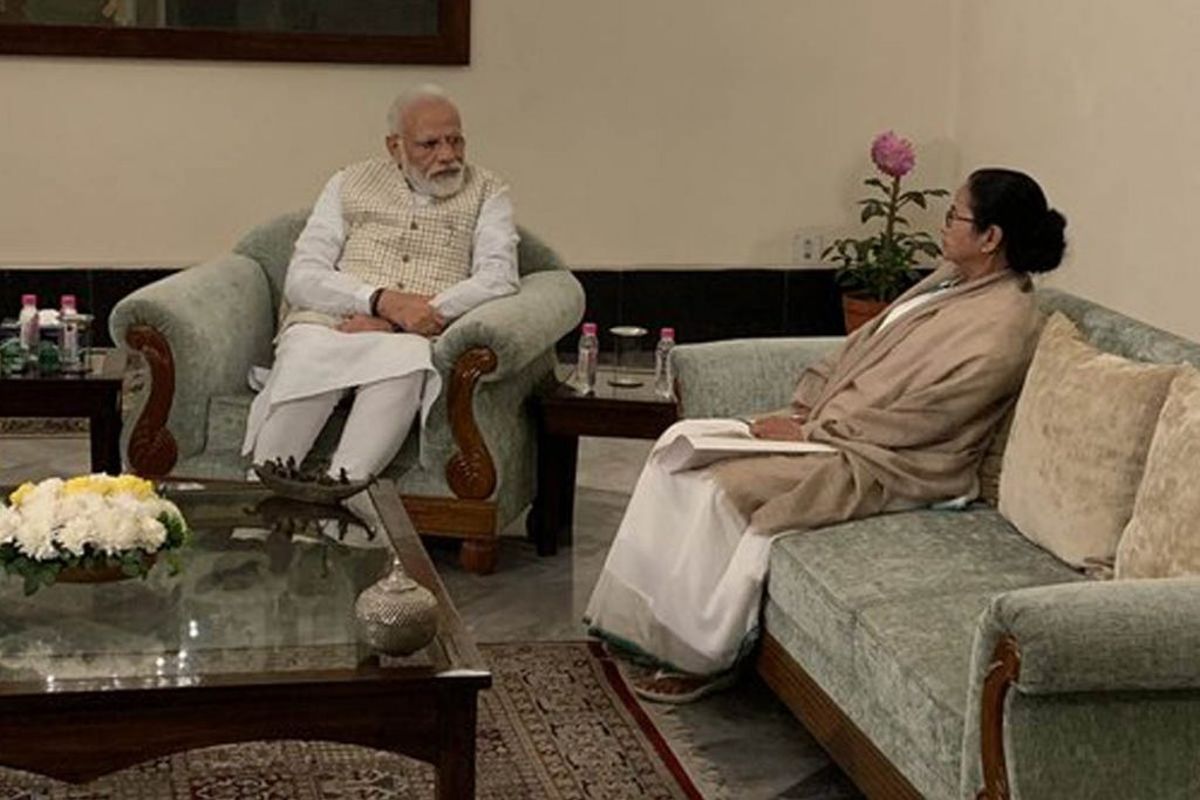With some states openly challenging the Centre over the validity of the Citizenship Amendment Act-National Population Register, and some even moving the Supreme Court on the vires of this central legislation, Centre-State relations appear to have reached an unprecedented level.
In the prevailing scenario of brinkmanship and confrontation, the biggest loser is the spirit and practice of cooperative federalism. Now a situation has been reached where some states are professing nonimplementation of CAA, a legislation which recently passed legitimate muster of Parliament and which lies in the exclusive domain of the Union Government as mentioned in List 1 – Union List of Schedule VII of the Constitution.
Thanks to the wisdom of our constituent assembly, we have a very robust constitution. Visualising, conceptualising and incorporating an institutional mechanism like the InterState Council speaks volumes for the foresight of the drafting committee. The Inter-State Council is the institution meant specifically for handling such Centre-State situations before they get precipitated. However, today we find that the provisions of this constitutional mechanism for discussion and resolution have not been set in motion even as the situation continues to remain one of anxiety.
The Preamble of our Constitution clearly brings out that sovereignty lies with the people of India. Popular sovereignty in a democratic setup is supposed to be represented by the legislatures. But then, we have the Parliament and the state legislatures. For general societal norms, taking the etymological meaning of sovereignty in relation to his dependants, a superior or a senior was to be visualised as a sovereign. Resolving this dilemma between the Parliament and the Legislatures on the legal plane, there have been several judgements from the Supreme Court which interpret the Constitution to be more unitary than federal and in favour of the Centre.
The famous quote “we do need a strong union, but a strong union is in no way inconsistent with strong states. On the other hand, by definition, a union can be strong only if the states are strong”, is quite illustrative. There have been instances in the past where the superiority of the Union government and Parliament over state governments had been brought out in no uncertain terms. In 1980, after the return of Mrs. Indira Gandhi as the Prime Minister, conflicts with the state governments belonging to opposition parties had arisen in several states.
With reference to the reluctance of Government of Kerala on a particular matter, the binding force of the Centre’s directives to the states was emphasised in Parliament. Further, it was stated that “refusal by a state to implement central laws would amount to raising the banner of revolt against the Centre and would invite consequent action. The Centre had the power to issue directives to the states to secure compliance with Central statutes.”
In this context, provisions of Article 256, which reads as – “The executive power of every state shall be so exercised as to ensure compliance with the laws made by Parliament and any existing laws which apply in that State, and the executive power of the Union shall extend to the giving of such directions to a State as may appear to the Government of India to be necessary for that purpose,” make the relationship between the Centre and the State amply clear. This provision is, however, applicable only when a law has been made by Parliament; thereafter the executive power of the State is made subservient for ensuring its compliance.
That Article 256 is almost a reproduction of Article 122 of the Government of India Act, 1935 only goes to show that the Constituent Assembly visualised a relationship between the Centre and the State to be of more or less at the same level as in pre-independence days. Similarly, we have Article 257 (1) of the Constitution empowering the Union government over States in certain cases. This Article which reads as “The executive power of every State shall be so exercised as not to impede or prejudice the exercise of the executive power of the Union, and the executive power of the Union shall extend to the giving of such directions to a State as may appear to the Government of India to be necessary for that purpose” is again almost a direct take off from Article 126A of Government of India Act, 1935.
Central Government’s power of giving directions to the State operates at two levels. Firstly when a State fails to ensure compliance with a central law and at the second level when the State uses its own executive power so as to impede or prejudice the authority of the central government. As may be observed, the focal point of Article 256 is to ensure compliance with a central law, and if obstructed in such compliance, Article 257 (1) empowers the Centre to remove such an obstruction in that State.
As a corollary and a logical follow up of Articles 256 and 257 (1) are the provisions of Article 365, where, in case the State fails to comply with or give effect to any constitutional directions from the Centre “it shall be lawful for the President to hold that a situation has arisen in which the government of the State cannot be carried on in accordance with the provisions of this Constitution.” Eventually Article 365 would lead to a situation ripe for action under Article 356 i.e. dismissal of the state government and taking over of the state administration by the Centre.
During the debates in the Constituent Assembly, it was mentioned that Article 365 would invest the central government with arbitrary power. It was said, “with absolutely arbitrary power and I maintain that arbitrary powers should not be given to any person. Ministries and Provincial Governments will have no security or stability and will change at the whim or caprice of the Prime Minister.” Dr. Rajendra Prasad the President of the Constituent Assembly then clarified that there is a distinction between the two situations – a case of physical impossibility of the government being run on one hand and the case of actual disobedience to carry out the orders of Government of India, on the other.
In this context, the First Administrative Reforms Commission was generally of the view that the extreme step of Centre issuing directives to the State under these provisions should be taken only in cases where no other means of securing the objective are available. In the current scenario, it is hoped that an early judgement from the Supreme Court would go a long way in changing the complexion of the situation.
(The writer is a former Governor and a Sr. Advisor at the Pranab Mukherjee Foundation)











